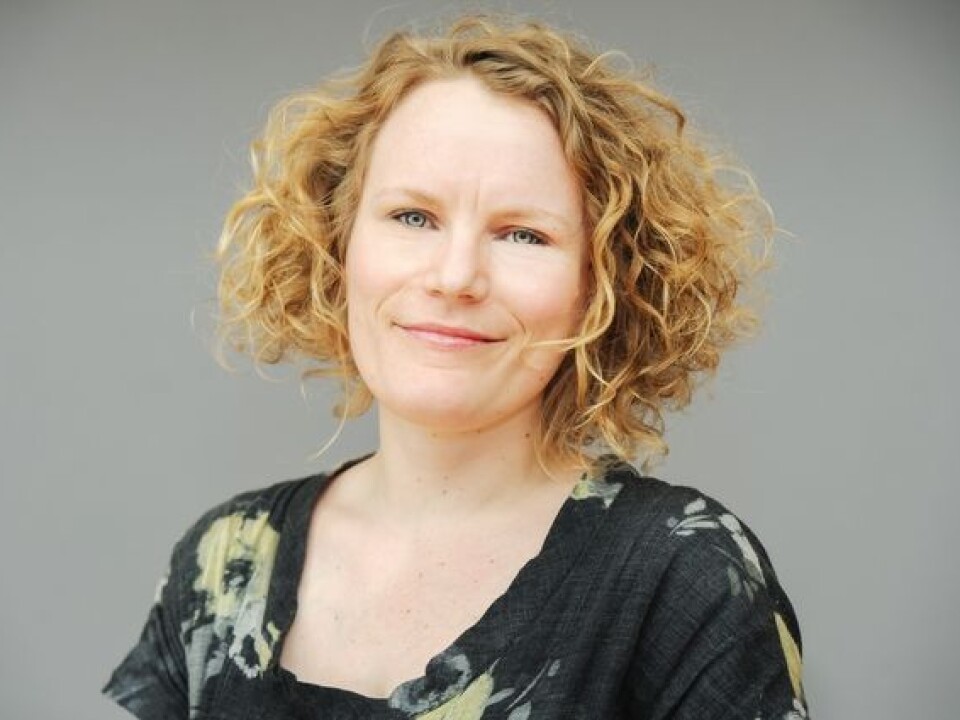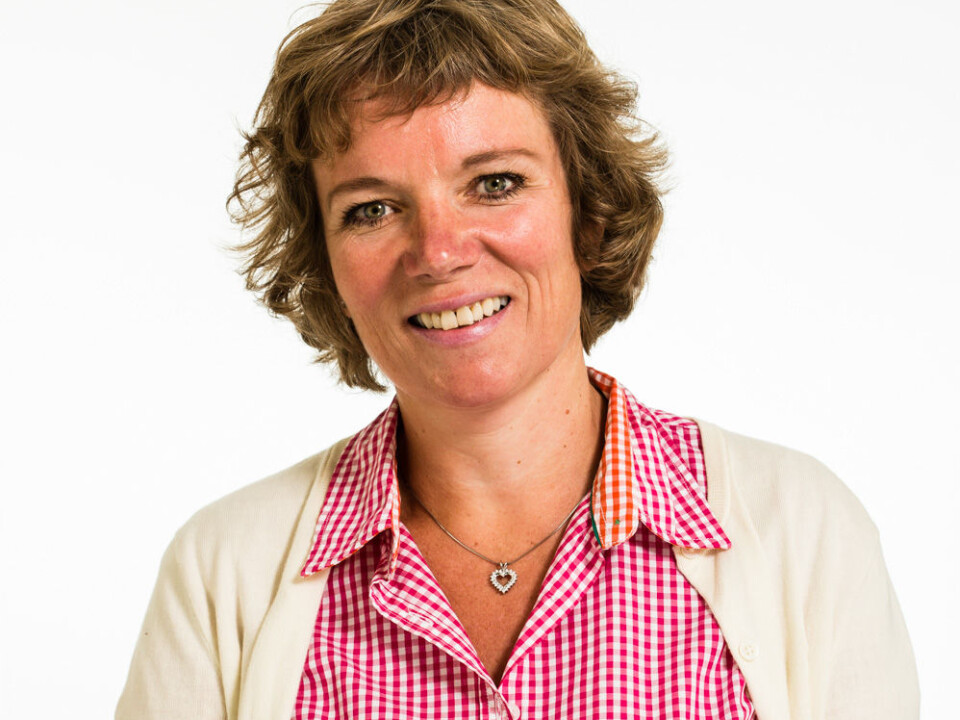
Docs dish out pills after suicide attempts
People who attempt to poison themselves with an overdose of prescription drugs have usually had access to plenty of pills. Physicians prescribe even more of these kinds of drugs to patients who survive drug overdose suicide attempts.
Denne artikkelen er over ti år gammel og kan inneholde utdatert informasjon.
Roughly 90 percent of all individuals who attempt suicide in Norway poison themselves with an overdose of drugs. This highlights the need to look into how much of these kinds of medications are accessible to suicidal patients.
Psychologist Bergljot Gjelsvik of the University of Oslo’s Department of Psychology got a good overview of these medicine cabinet arsenals when working on her doctoral thesis.
She has sat at the bedside and interviewed nearly 200 hospital patients after they regained consciousness following attempts at overdosing themselves with medications.
The patients’ information was later linked with the Norwegian Prescription Database.
Shocked by the quantities

Gjelsvik thought she’d made a mistake somewhere when she initially started to analyse the data.
“The patients had received enormous amounts of medicines compared to what most people get. I thought there was something wrong with my data,” she said.
But when she double-checked her figures she got the same results.
She says that the explanation may lie in the tendency of people with suicidal behaviour to die young.

"Some succeed at taking their own lives, but others die of different causes. This category of people generally has poorer health than others. They are more likely to have cardiovascular diseases, muscular and skeletal problems and mental disorders,” she says.
“So it’s not easy for me to say that they have been prescribed too many medications. But they certainly have been prescribed large amounts.”
Doctors need to look at risks
Gjelsvik thinks that physicians need to consider how they prescribe drugs to patients in light of the risk of suicide attempts.
“There’s no doubt that medications are beneficial for a patient group that suffers a lot of disorders. But if one of your health problems involves periodically becoming suicidal, having a large amount of medications in the house can be really hazardous.”
England took precautionary steps
Extensive material reveals a link between access to medicines and intentional poisonings. Gjelsvik cites one study from England that described a major problem with paracetamol poisonings in the 1980s and 1990s.
In response, a law was enacted in 1998 that limited the quantity of pills in packets and how many packets could be bought at once. Also, each tablet was packed so that it had to be pressed out individually.
The result of this change was surprising. In the course of a year, the number of serious paracetamol poisonings plunged 22 percent in England.
A study published in 2013 estimates that the measures to reduce access to this analgesic lowered suicides by paracetamol intake 43 percent.
Got even more
The patients who were interviewed by Gjelsvik were followed up twice more, after three and 12 months. The psychologist was baffled all the more by what she discovered when questioning them the second and third time.
Most of the people who had attempted suicide by overdosing on prescription drugs had been prescribed even more of these medications after their attempt than they had been the previous year. It might seem paradoxical, but after the botched suicide attempts they were then getting more medicines for psychological as well as somatic ailments.
“One possibility is that these episodes acted as a heads-up to their physicians that these patients’ health conditions are worse than they reckoned. This might trigger doctors to offer more help for their health. But we don’t know much about why doctors prescribe so many medicines in these cases,” says Gjelsvik.
She says that little research has been done on the interaction between doctors and patients in this area. A new study published earlier this year indicates that family doctors are reluctant to discuss suicidal thoughts and actions with their patients.
Often trying again
“My results underscore the need for a more thorough assessment of the need depressed or other vulnerable types of people have for prescribed drugs, and the risk that these people will be using them to poison themselves,” says Gjelsvik.
“This is especially important as it’s been well documented through other research that people who have tried to poison themselves are largely at risk of trying again.”
Attempted suicide – a misleading concept
This is thought-provoking in connection with a third, unexpected discovery: Little connects the patient’s wish to die when they poison themselves and the medical severity of the episode.
“We psychologists have traditionally had a tendency to view suicidal behaviour as a linear process. A person plans a suicide and consciously acquires the medications he or she will be using to take their life," Gjelsvik says. "But my findings indicate that it is a much more complicated process. The reasons people go through with it are unfathomably varied.”
“The term attempted suicide is not completely relevant for this type of behaviour. It is misleading because we see no correlation between how much medication a person takes to poison themselves and the degree to which this person wishes to die,” Gjelsvik says.
Norwegian Medical Association is concerned
Marit Hermansen, a member of the central board of the Executive Committee of Norwegian Medical Association, thinks Gjelsvik’s study is important.
“I have to ask myself how this patient group can get so much medication and even greater amounts after they have poisoned themselves.”
She does not see a clear answer to this question in Gjelsvik's research.
“This is a group of patients that bears a heavy burden of disorders. That could be one explanation. But I think absolutely that physicians need to be more aware of the risk of prescribing so many medications to these patients,” she says.
Hermansen thinks doctors can take two specific steps: Prescribe smaller packets and have patients come in for check-ups more frequently.
"Prescriptions shouldn’t just be renewed without consultations with a doctor," she says.
Hermansen is also worried about a general trend in society to use more medications.
Physicians are prescribing unparalleled amounts of medications, both for psychological as well as physical ailments, and numbers of prescriptions have skyrocketed over the past 20-30 years.
-----------------------
Read the Norwegian version of this article at forskning.no
Translated by: Glenn Ostling



































